-
Pulse Performance Server Report
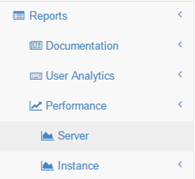
Over the years, TM1 application grows, as TM1 application is growing, the memory used by your TM1 server will grow as well.
-
Setup Wizard (Pulse on the Cubewise Cloud)
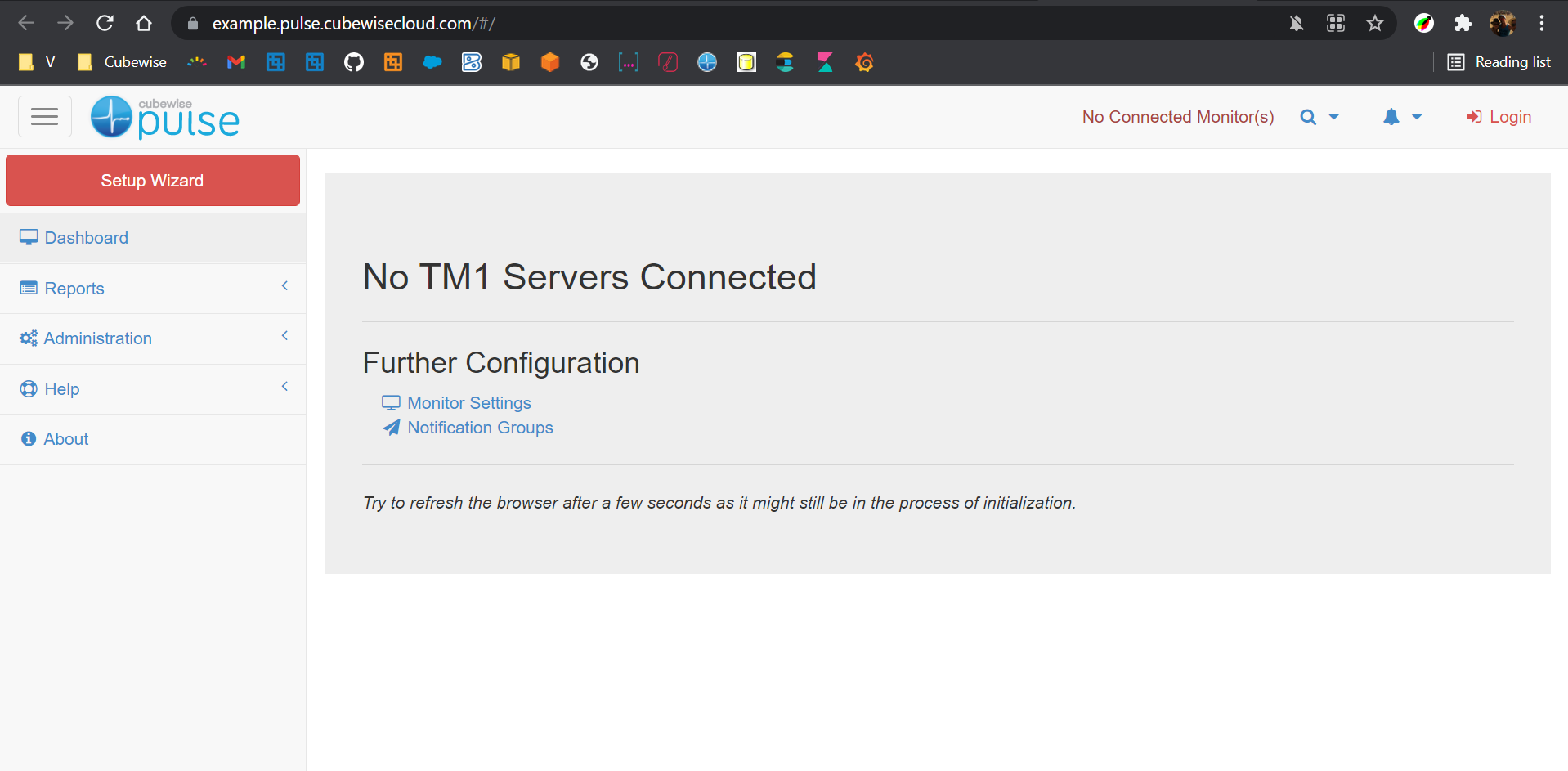
To get Pulse up and running you need to follow the steps of the Setup Wizard.
-
Executing the Pulse Validation Report
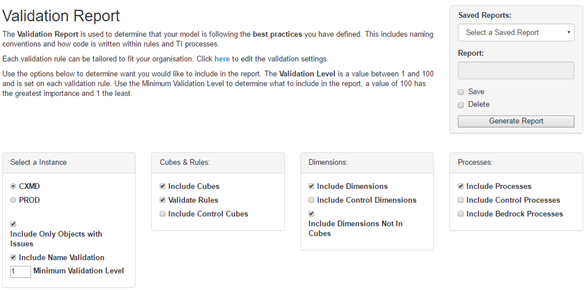
Validate your model against predefined rules that help spot possible issues. The predefined rules validate naming conventions of objects as well as common pitfalls in cube rules and Turbo Integrator processes. You can take these as is or alternatively add and remove the validation rules as you see fit.
-
Enabling Pulse system alerts.
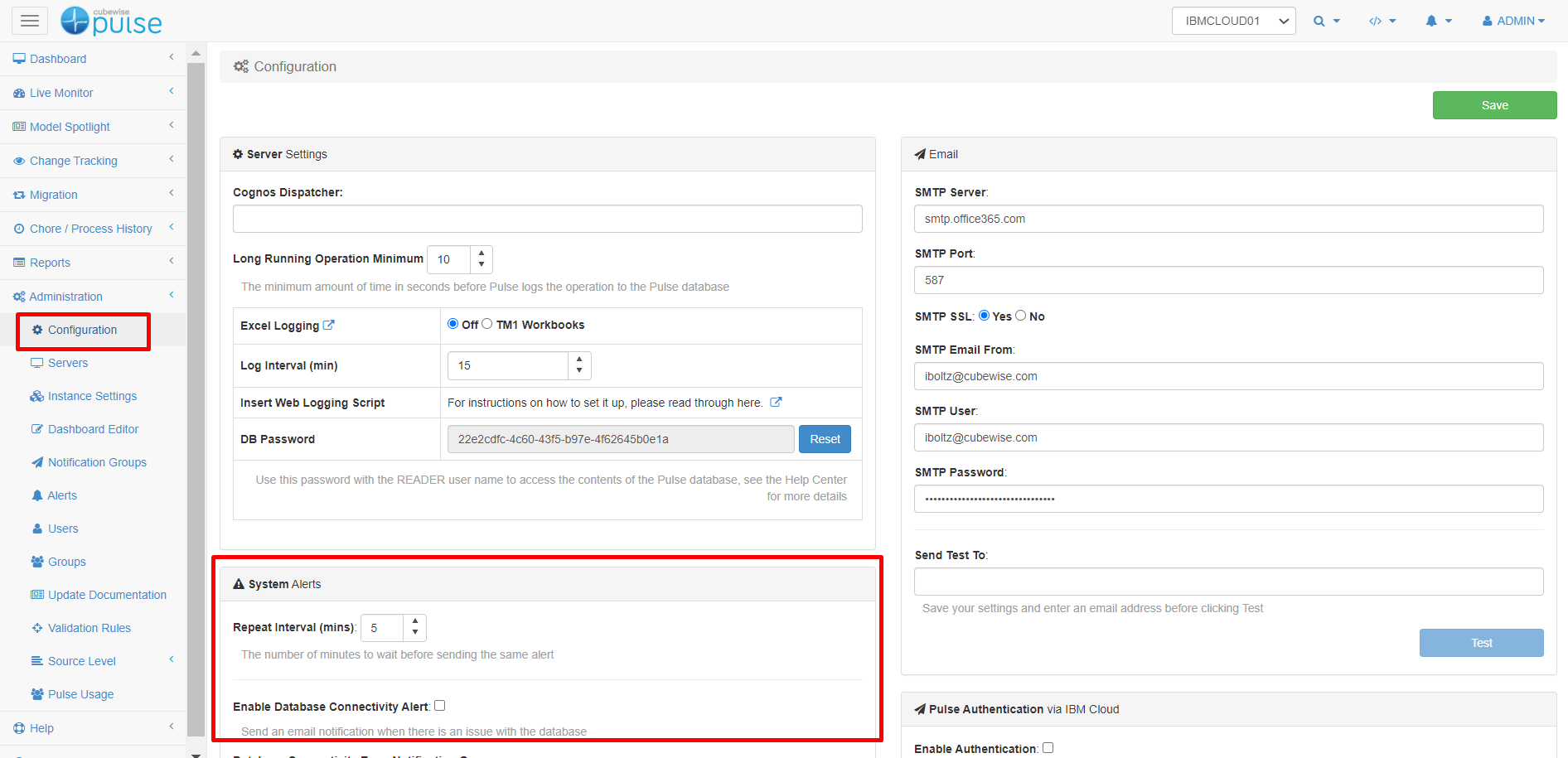
Pulse v6 introduced system alerts to get a notification when one component of Pulse is not working.
-
Creating a support ticket
How to create a support ticket
-
Pulse features comparison table (on-premise vs IBM PA SaaS)
Pulse can monitor many IBM Planning Analytics (TM1) instances. They can be self-hosted (on-premise or on your private cloud such as AWS, Google Cloud… or on IBM PA Cloud (Planning Analytics Software as a Service).
-
Executing the Pulse Flow Diagram
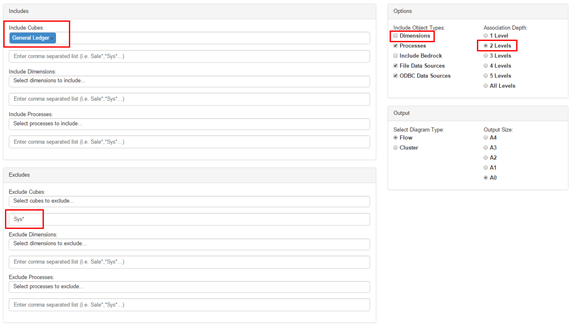
The flow diagram displays your model in a graphical way helping you to understand how data flows between objects. Pulse is able to automatically determine relationships in rules, feeders and Turbo Integrator processes. The flow diagrams from your models will help you to understand how the objects interact.
-
Finding the CAM passport
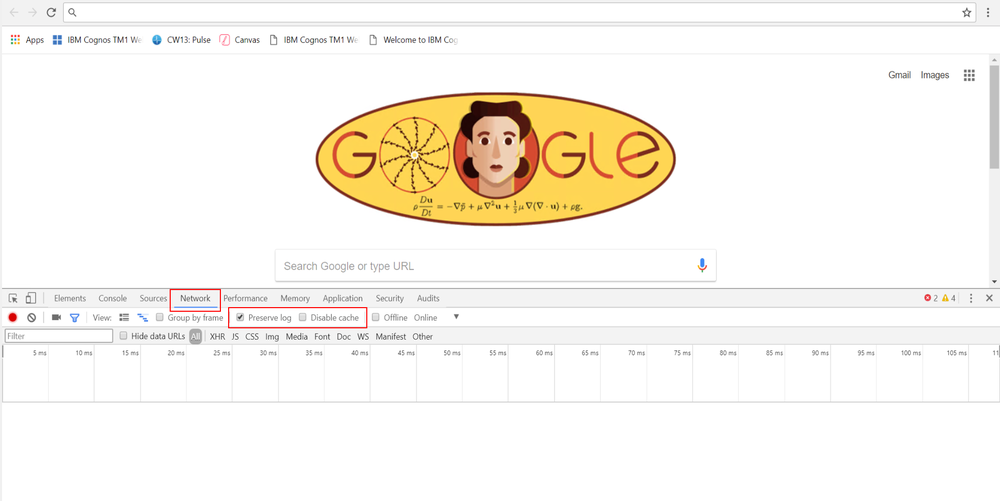
To connect to the TM1 instance, Pulse will require the CAM Passport from TM1 Web. There are different ways to get the CAM Passport, in this article we are going to grab the CAM Passport from one of the TM1 Web responses:
-
Connecting Pulse to a TM1 instance with native TM1 security (mode 1)
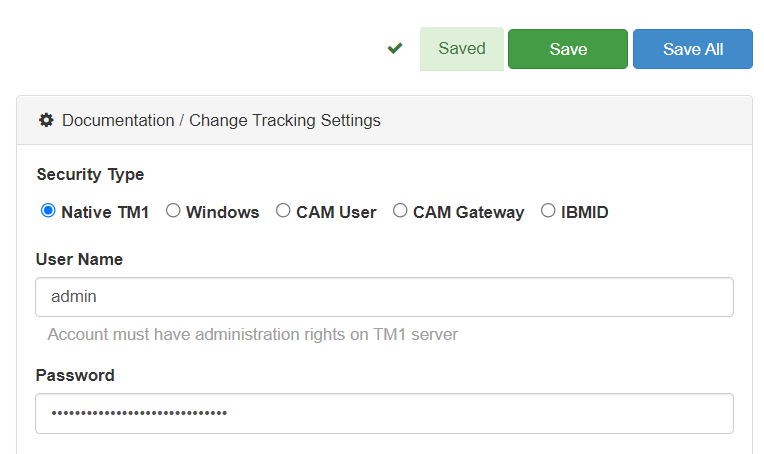
This article explains how to connect Pulse to an IBM Planning Analytics (TM1) instance using security mode 1 (Native TM1 security).
-
Connecting Pulse to a TM1 instance with Windows security (mode 2 and 3)

This article explains how to connect Pulse to an IBM Planning Analytics (TM1) instance using security mode 2 and 3 (Windows Authentication).